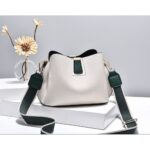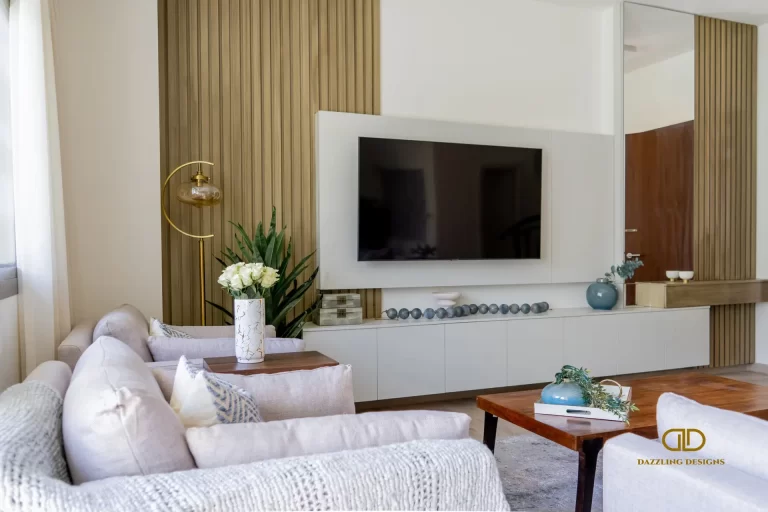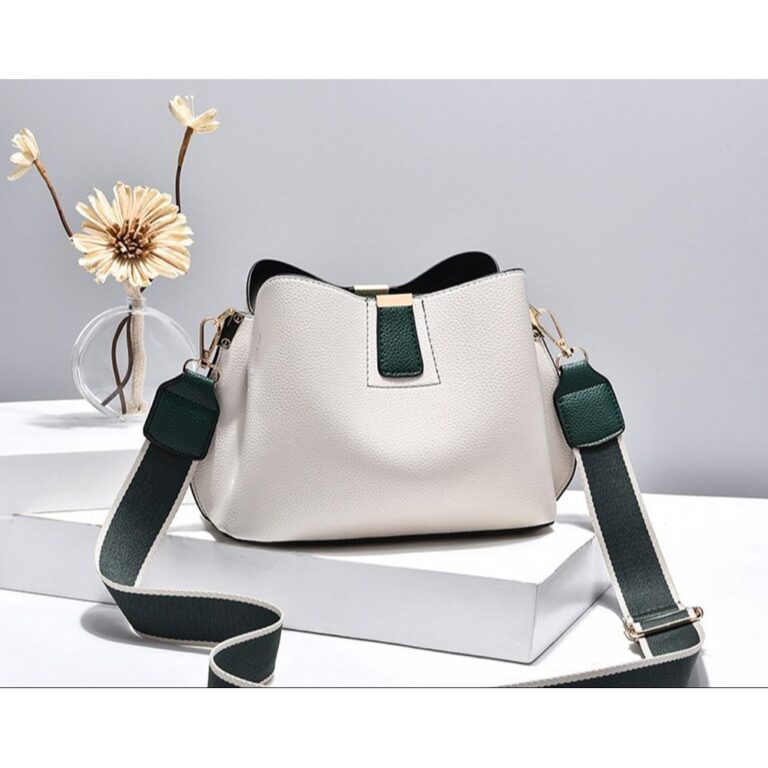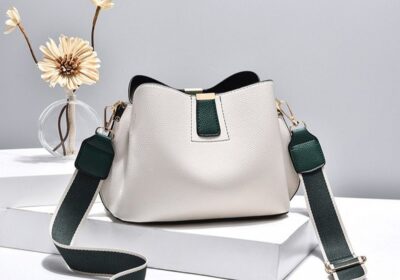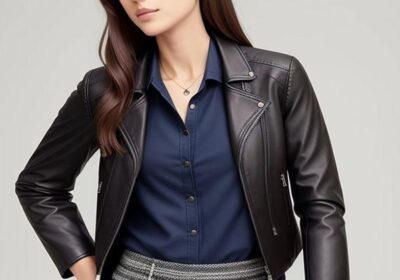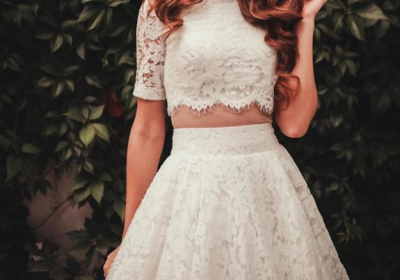
Smart Ways to Save Money on Everyday Essentials
Life today moves fast, demanding convenience without compromising style or quality, but those modern essentials add up incrementally on monthly expenses. Whether replacing worn-out wardrobe basics or restocking household staples, savings often seem scarcest on items needed regularly. Nevertheless, smart spending is achievable through savvy shopping, adjusting buying behaviors around priorities rather than impulse. Use these insider tips when purchasing everyday necessities for stretching dwindling budgets further. Soon you’ll master discount deals, boosting savings over time through conscious consumerism.
Buy Quality Basics Secondhand
Many monthly necessities only diminish with consistent use over time. Rather than paying full retail costs replacing beloved items like jeans, sunglasses and handbags annually, explore secondhand alternatives first. The quality of vintage or pre-owned clothing from past decades frequently exceeds that of inexpensive, contemporary fast fashion, extending the life of classic styles. Visit consignment outlets in affluent neighborhoods for luxury brands at fractions of original sticker prices. Thrift stores offer a wide selection of affordable and eclectic goods. Alternatively, explore resale sites that offer popular styles while supporting charities. Pay closer attention to construction and fibers over labels when assessing durability.
Compare Bulk Prices
Household goods demand replenishing often. But non-perishable items bought individually inflate costs quickly over time. Combat incremental spending through smart bulk pricing awareness instead. Reference common unit prices listed on shelves revealing better values for higher volumes on similar products. Sometimes the largest bulk sizes stretch per-unit savings further, while other times mid-size quantities offer deals with less upfront investment required to benefit. To find the best savings, compare the total yearly cost of individual purchases to the discounts you get from buying in bulk once a year. Organize extra inventory efficiently to minimize waste by using smart storage and consuming items promptly.
Learn Adjustable Alternatives
Rather than purchasing fixed-sized products repeatedly, explore adjustable variations that allow expanded use through simple mechanisms built directly into initial designs. Multi-stage kids products convert cribs into toddler beds or high chairs scaling up as babies grow eliminating re-buys. Telescoping shower curtain rods adapt to curved rods, clawfoot tubs and unusually shaped stalls once with no need for custom curtain sizes.
According to the experts at Olympic Eyewear, discount sunglasses include replacement nose-bridges and stem tips modifying loose fits over time associated with weight changes and aging. Even furniture upgrades are worthwhile when ottomans serve as spare beds and coffee tables offer hidden storage.
Cultivate Needs Versus Wants Mindsets
Budget-friendly daily living relies on mindset shifts distinguishing justified needs from fleeting wants, influencing impulse spending. Before buying something new, ask yourself: Does this solve a problem, fill a gap, or improve the quality, function, or lifespan of what I already do? Or is this product’s appeal based solely on marketing and looks, despite existing products already doing the job? Put off satisfying your wants to consider the long-term advantages. Then revisit whether desires remain equally compelling over days or weeks once initial excitement fades. Think about how acquiring more things impacts your storage space and contributes to long-term mental clutter when you’re deciding what you truly need. A balanced approach to spending, where you mix satisfying your immediate desires with practical purchases, will lead to substantial savings over the years.
Conclusion
The convenience of regularly replacing everyday items outweighs the hassle of dealing with worn-out products. There are, however, more intelligent approaches to consumption – extending the use of current items through care and modification before replacing them at full retail price. Secondhand upgrades mean quality and savings. Bulk buys work for non-perishable staples used regularly. Adjustable items spread costs through extended usefulness meeting evolving needs. Differentiating between urgent needs and fleeting desires curtails impulsive spending.

